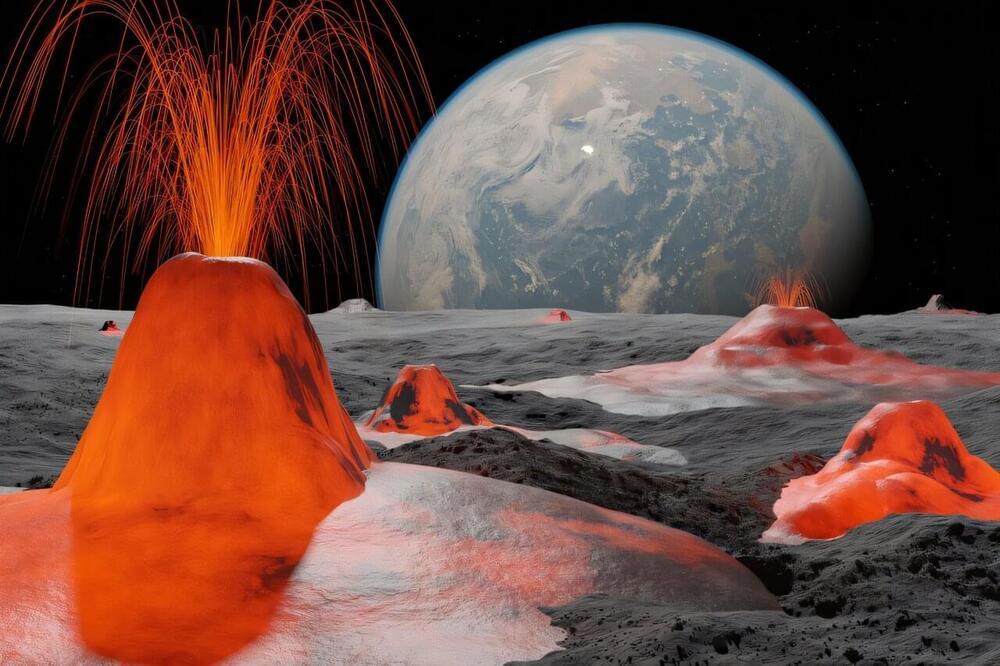After its formation, the moon may have been the scene of such immense volcanic activity that its entire crust melted several times and was completely churned through. At that time, the moon orbited significantly closer to Earth than today. The resulting tidal forces heated up its interior and thus powered the violent volcanism. Only Jupiter’s moon Io, by far the most volcanically active body in the solar system, offers comparable conditions.
These new considerations published today in the journal Nature by an international team of researchers from the University of California Santa Cruz, the Max Planck Institute for solar system Research (MPS) and the Collège de France resolve previous contradictions and inconsistencies regarding the age of the moon. According to the researchers, the moon was formed between 4.43 and 4.51 billion years ago. Its crust, however, appears around 80 to 160 million years younger.
The moon is apparently quite reluctant to reveal its age. Attempts to uncover its secret have yielded estimates that lie several hundred million years apart: While some researchers suggest that our cosmic companion was formed 4.35 billion years ago, others date its birth to 4.51 billion years ago.
